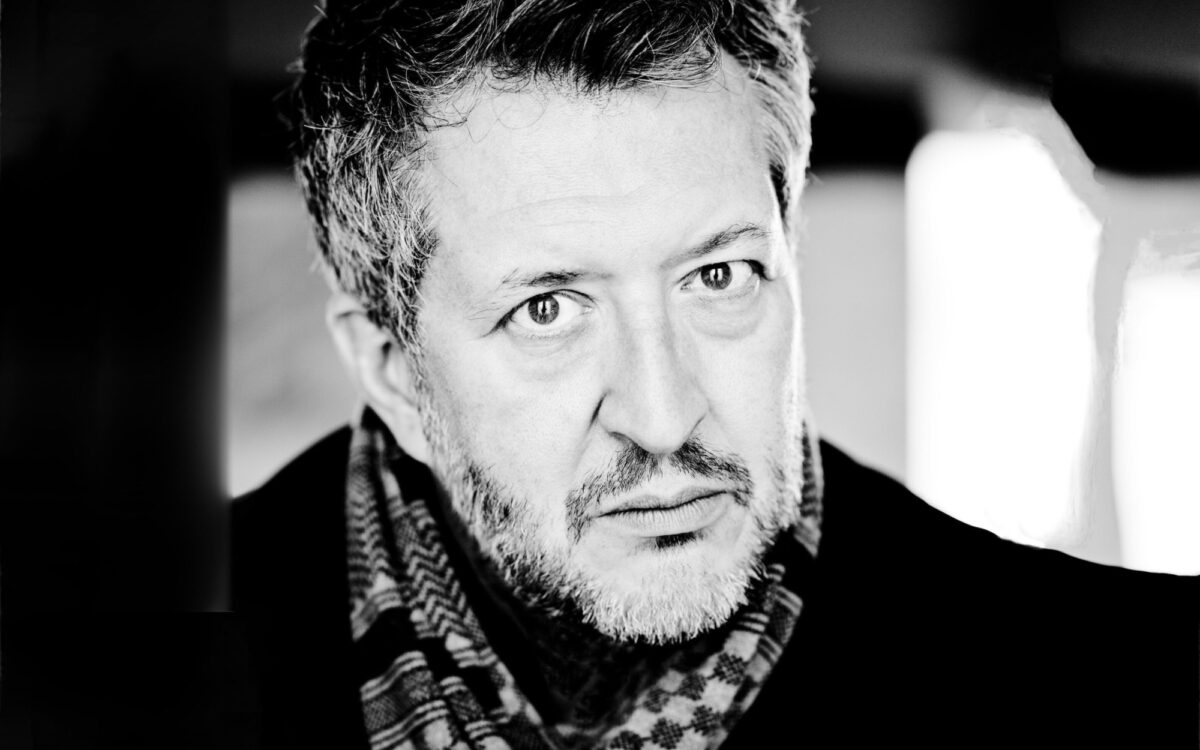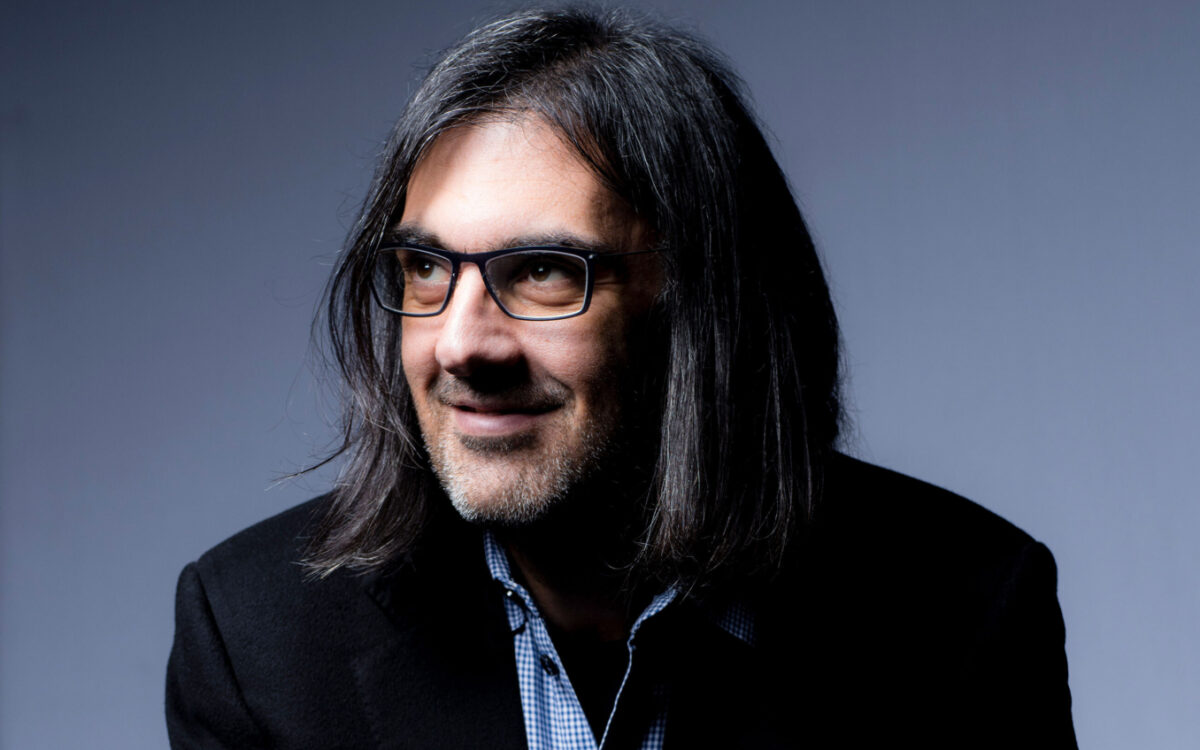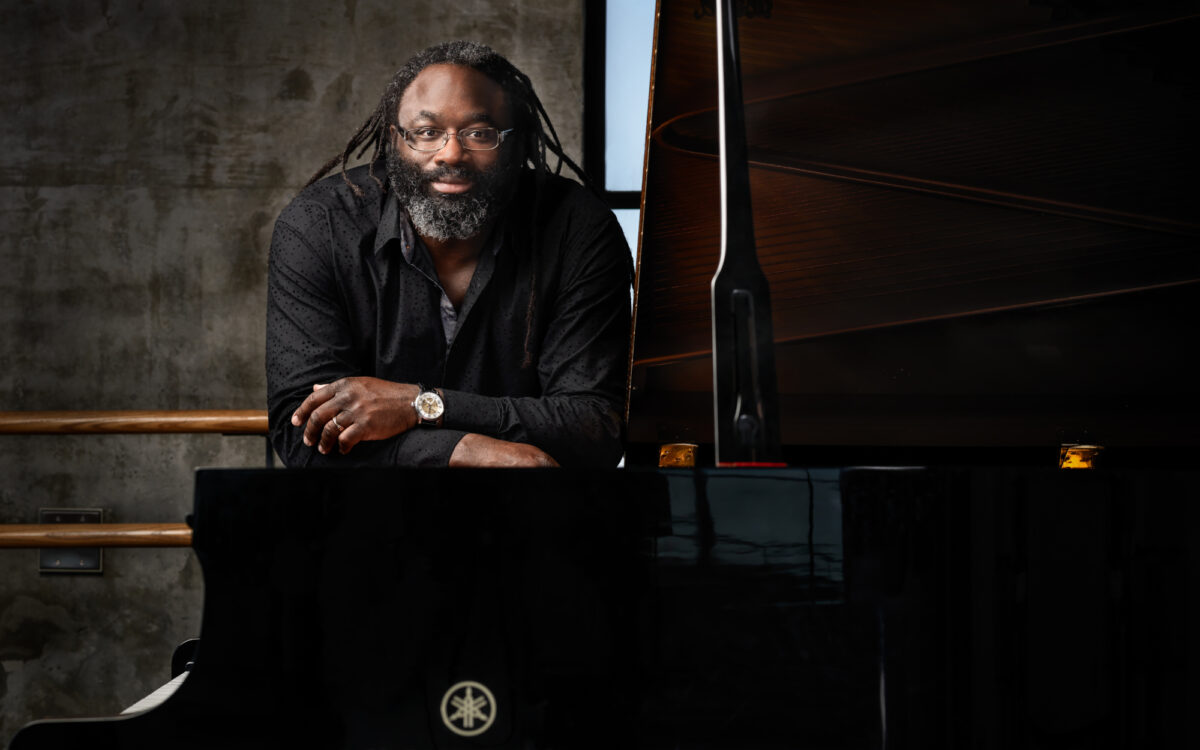The Planets
Gustav Holst was born—Gustavus Theodore von Holst—in Cheltenham, Gloucestershire, England, on September 21, 1874, and died in London on May 25, 1934. He composed The Planets in London and Thaxted, Suffolk, between 1914 and 1916, beginning with Mars (though before the outbreak of war in August), continuing with Venus and Jupiter that fall, writing Saturn, Uranus, and Neptune in 1915, and finishing with Mercury in 1916. The first performances were private, one of a two-piano arrangement made and played by Vally Lasker and Norah Day (Holst’s assistants at St. Paul’s School, where he was music master), and the other by the Queen’s Hall Orchestra under Adrian Boult on September 29, 1918. Venus was performed for the first time, along with Mercury and Jupiter, in London on November 22, 1919, with the composer conducting, and the first performance of the complete suite took place in London on November 15, 1920, conducted by Albert Coates.
The score of The Planets calls for 4 flutes, 2 piccolos, bass flute, 3 oboes, bass oboe, English horn, 3 clarinets, bass clarinet, 3 bassoons, contrabassoon, 6 horns, 4 trumpets, 3 trombones, tenor tuba, bass tuba, 6 timpani, triangle, side drum, tambourine, cymbals, bass drum, gong, bells, glockenspiel, celesta, xylophone, 2 harps, organ, strings (first and second violins, violas, cellos, and double basses), and, in Neptune, 6-part women’s chorus. The Planets is about 50 minutes long.
In his early years Holst went under the full name Gustav von
Holst, but he was entirely English in his upbringing, as were his father and
grandfather. His closest friend was Ralph Vaughan Williams, and his fondness
for English folksong is clear from such pieces as his Somerset Rhapsody and
Moorside Suite. But he was also fascinated by remote cultures and beliefs. He studied Sanskrit and Hindu literature, and his choice of texts for
operas and songs was astonishingly wide. His range of musical activities was
wide too, being composer, arranger, conductor, and full-time schoolteacher all
his life. He managed to find time to write an immense quantity of music in
different forms, skirting the traditional categories of symphony, sonata, and
string quartet, and instead making unconventional groups of pieces on
unconventional subjects.
A suite of seven tone poems on the astrological implications of the planets was an inspired conception of this kind, which came to him partly from an ambition to write more orchestral music on the lines of his “oriental” suite Beni-Mora, completed in 1910, partly (perhaps) in imitation of Schoenberg’s Five Pieces for Orchestra which he had heard in 1912, and partly from reading What is a Horoscope and How is it Cast by Alan Leo, recently published. First performed at the end of hostilities in 1918, the ferocious imagery of Mars, Bringer of War, was assumed to have been written in response to the battlefield carnage, when in fact it was sketched out in the summer of 1914, before war was declared. It thus belongs to that significant body of aggressive orchestral music by European composers that seemed to prefigure the violence soon to be unleashed.
Mars was the first movement to be composed, and if Holst at one time planned to present the seven planets in the obvious order, beginning with Mercury, the closest to the sun, and ending with Neptune, then thought to be the furthest planet in the solar system, he settled instead on a sequence that leads from the grim physicality of mortal combat via the intervening planets to Neptune’s disembodied mystical universe. Mercury was moved to third place, where a scherzo would normally be found in a symphony. There is naturally no movement for Pluto, which was not then known to exist (and is now in any case demoted from planetary status).
Venus and Jupiter were also composed in 1914, with Saturn, Uranus, and Neptune in 1915 and Mercury, the last to be written, in 1916. Opportunities for performing such a large work were limited in the war years, but thanks to Balfour Gardiner, a generous benefactor to English musicians and himself a composer, Holst was able to hear a private run-through, skimpily rehearsed, in September 1918, and the full work publicly performed for the first time in November 1920. (Balfour Gardiner’s great-nephew, Sir John Eliot Gardiner, has in his turn made a fine recording of the work.) Holst always resisted performances of individual movements, but was powerless to prevent the popularity of certain sections, notably Jupiter, whose broad tune he allowed to be issued as a hymn to the words “I vow to thee, my country.”
Mars was the Greek god of war, but Holst was not trying just to reflect the mythological characters of the Greek gods after whom the planets are named. He was also interested in their astrology, to which Alan Leo’s book guided him. The battle imagery of Mars is unmistakable, made grotesque by insistent drumbeats and the 5/4 meter, and building again and again to brutal climaxes on huge dissonant chords. The organ adds its powerful voice to the uproar.
Mythology associates Venus more with love than with peace, while astrology endows those born under this planet with a refined nature and deep devotion to those they love. Following directly after Mars, Venus inevitably delivers peace, but also explores serenity, beauty, and delicate quietude, aided by the sounds of glockenspiel, celesta, and harps.
Mercury, the Winged Messenger, moves swiftly and nimbly, and a “mercurial” character emerges from the interplay of instruments and the brilliance of the woodwinds. A symphonic scherzo in form, it contains a Trio in which a melody (which might have come from Borodin) is heard on a solo violin and then, unchanged, a dozen times more in different orchestral dress each time.
Jupiter brings jollity and much else besides. Enthusiasm, manly energy, lopsided acrobatics, peasant merrymaking, nobility, and grandeur—these all seem to have a place in this movement, with its broad tune in the middle evoking Elgar’s world. Leo attributed to Jupiter’s sons “an abundance of life and vitality. Those born under its influence are cheery and hopeful in disposition, and possess a noble and generous spirit. They possess that true religious spirit which gives faith, and abundant hope.” All this and more is contained in this rich, generous movement.
Saturn, said to have been Holst’s favorite movement, is the longest in the suite. The orchestration is highly imaginative, with the three flutes and harp harmonics treading painfully forward while the double basses stir in the depths. The bass oboe adds its unusual voice. Old age is represented as slow and steady, but not necessarily in a negative sense. The melodic fragments are highly expressive and the balance of the movement is profoundly satisfying.
Holst’s attribution of magic powers to Uranus seems to have been his own fanciful gloss on the strange, erratic character associated with that planet. Thumping timpani, galumphing bassoons, swirling piccolos, and a humorous march certainly add up to a lovable eccentricity and a remarkably inventive piece of music, as if performed... by magic.
With Neptune, the Mystic, Holst comes to the psychological heart of his planetary journey. The 5/4 meter may be an echo of Mars, but the stillness of the music and the delicacy of its orchestration paint a quite different world. The supreme invention was to call for an invisible choir of female voices, which fade to nothing like a dot of light disappearing into the infinite darkness of space.
Hugh Macdonald
Hugh Macdonald taught music at the universities of Cambridge and Oxford and was Professor of Music at Glasgow and at Washington University in St. Louis. His books include those on Scriabin, Berlioz, Beethoven, and Bizet, and he was general editor of the 26-volume New Berlioz Edition. His Saint-Saens and the Stage was published in 2019 by Cambridge University Press.
The first American performance of The Planets was given by Frederick Stock with the Chicago Symphony Orchestra on December 31, 1920.
The first Boston Symphony performances of The Planets were given by Pierre Monteux in January 1923. The next BSO performances, in January 1932, were led by Holst himself, while he was a visiting professor at Harvard. The program was entirely of his own music. He reported on that occasion to Imogen Holst, his daughter and future biographer: “The band treated me royally. At two of the rehearsals they insisted on staying half an hour extra and at every possible occasion they cheered me…. The only fault of the orchestra was that they were over anxious. On Friday’s concert there were half a dozen extraordinary slips in the Planets…. But Saturday’s concert was really good.”



